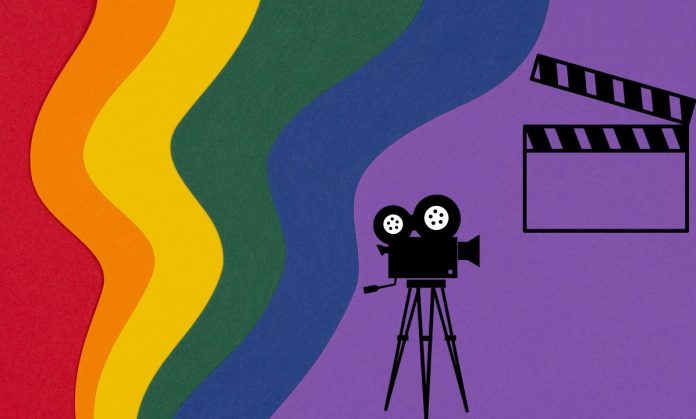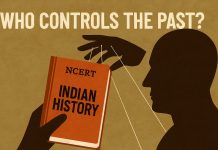It is well-known that Indian cinema, i.e. Bollywood, significantly contributes to shaping people’s opinions, ideologies and even personalities. Psychology research clearly shows how media representation influences the lived experiences of people from the queer community in the real world, and also impacts how the queer community navigates their identity and their visibility.
Even though there has been development in the scale of queer representation in Bollywood, one of the aspects that is still questionable is the casting. When the lived experiences of queer people are outrightly misappropriated by non-queer actors, it risks misinformed portrayals of the community. It also deprives queer actors of work opportunities and deprives the audiences of positive, successful role models working in film. This is why movies like Chandigarh Kare Aashiqui, Badhaai Do, and Gangubai Kathiawadi still receive criticism even though the script did have queer representation.
In terms of representation, transgender people have taken the worst hit due to historically bad portrayals that show them as sexually deviant and almost predatory, villainous or treated as unimportant characters that are either just used as comic relief or are killed off because of inadequate writing. To this, you may say, “Representation is representation, right?” and indeed, it is. However, we fail to realise that any humour that comes from punching down on marginalised communities only serves the cishet male gaze. So, it is representation, but at what cost?
Even though mainstream cinema argues that commercial names don’t usually go for scripts that represent the queer community, it is worth noting that the rise of OTT platforms has helped. A lot of the content on these platforms has shown a true representation of the community. Series like Made in Heaven, and Ajeeb Daastaans have made several breakthroughs in terms of representation. Very few projects like Neeraj Ghaywan’s Geeli Puchi, or Margarita, With A Straw represent intersectionality in the queer community.
Even though efforts have significantly been made in the right direction, it is important for filmmakers to understand that mere representation and storytelling are not going to help in terms of job creation and social equality of the queer community. The only way to actually break down the stigma around the queer community is to depict the characters accurately and realistically.
































